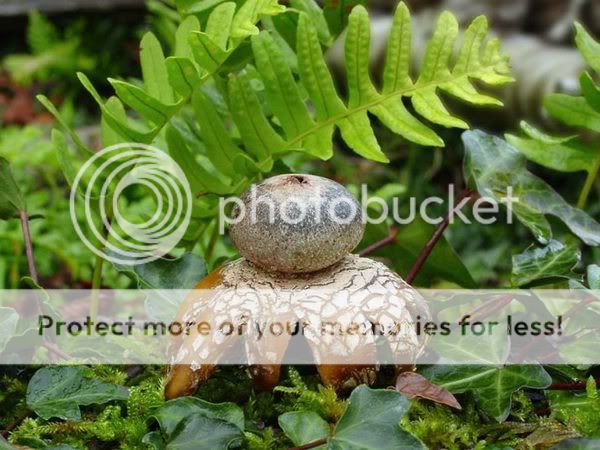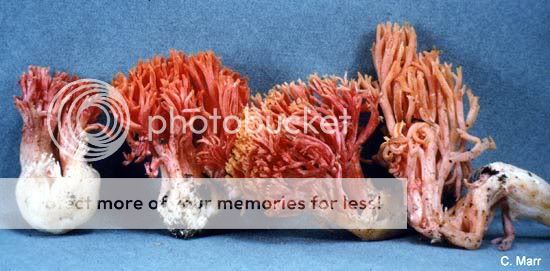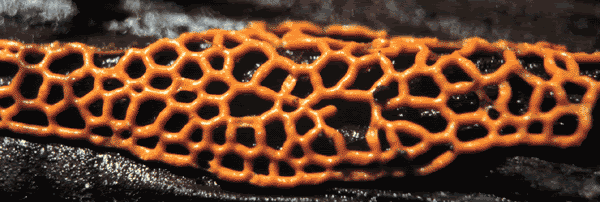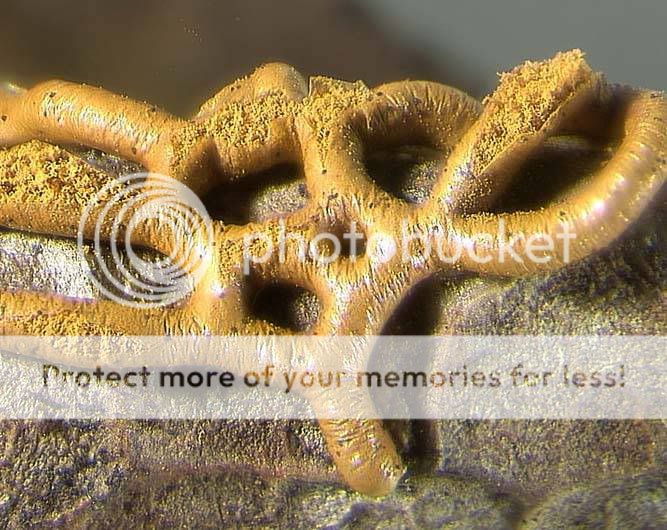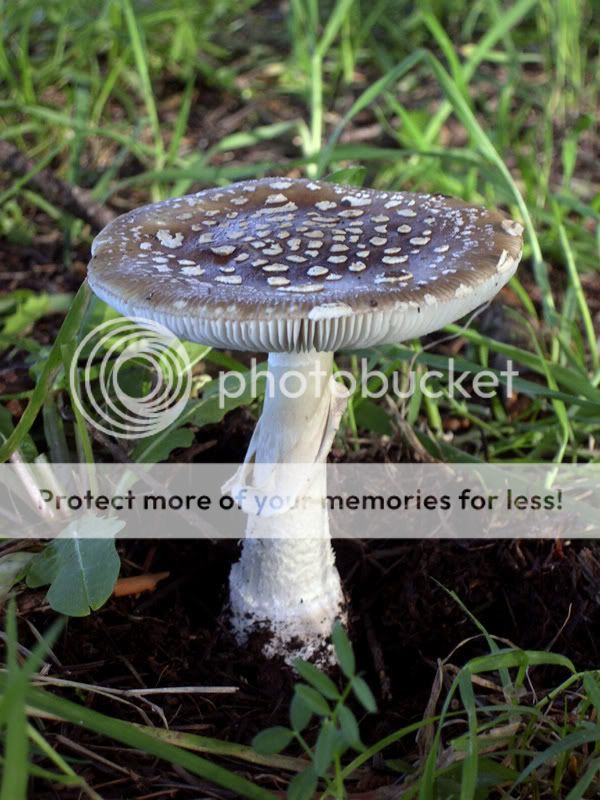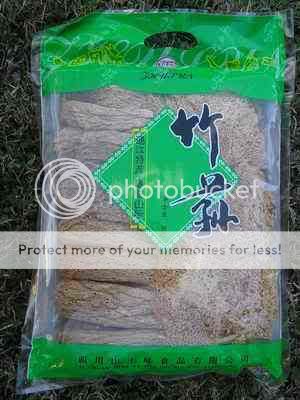|
|
|
|
|
|
|
|
|
 Posted: Tue Nov 27, 2007 5:29 pm Posted: Tue Nov 27, 2007 5:29 pm
|
|
|
|
|
|
|
|
|
|
|
|
|
|
|
|
|
|
|
|
|
|
 Posted: Sun Dec 02, 2007 7:48 pm Posted: Sun Dec 02, 2007 7:48 pm
 |
|
 |
|
|
December 3- December 9, 2007
Terrified that you will receive a dark lump in your stocking this Christmas? Well here’s a coal that you never would have expected!
Daldinia concentrica
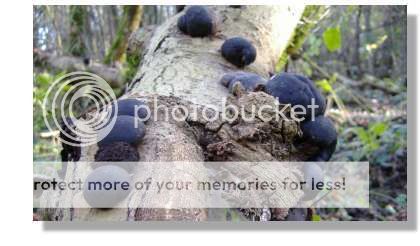
Common names: coal fungus, carbon balls, cramp balls, or King Alfred's cakes
Family Xylariaceae
‘Coal fungus’?! You might ask. Why? Daldinia has a brittle carbon texture quite like true coal. Yes but ‘Cramp balls’?! There is a silly belief that if you carry them in your pocket, you will never get leg cramps. Well, who in the world is King Alfred?! Here’s the story: “As the legend goes, King Alfred was fleeing a battle with the Danes in Somerset when he took refuge in an old woman's house. The old woman, not knowing he was the king, left Alfred in charge of watching some cakes in the oven. Of course, he knew nothing about ovens and didn't really know what he was supposed to do. He fell asleep, and the cakes burned. The old woman scolded him soundly for being lazy, but later she was probably sorry about "raking him over the coals" when she found out he was the king!” [Thanks to tomvolkfungi.net]
These bizarre dark balls get even stranger. For like some woody plants, this fungus will actually develop growth rings, one for each season’s growth.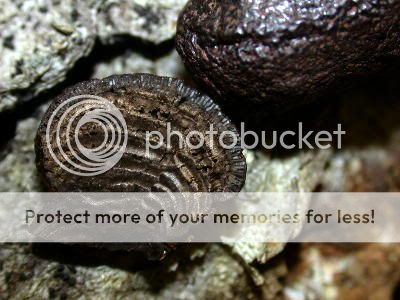 These concentric rings are actually layers of reproductive structures: flask shaped structures called perithecium. These concentric rings are actually layers of reproductive structures: flask shaped structures called perithecium. 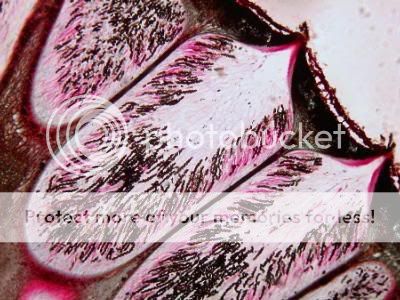
If you ever think you find this fungus, slice it open and look for the rings.
These carbon balls are found on wood and cause a type of rot called soft rot, making the wood (I’m sure its obvious…) very squishy.
That didn’t really help put your fears to rest about coal appearing in your stocking but at least you won’t find this fungus there instead!
|
|
 |
|
 |
|
 |
 |
|
|
|
|
|
|
|
|
|
|
|
|
|
|
|
|
|
|
|
|
|
|
|
|
 Posted: Sun Dec 16, 2007 11:10 pm Posted: Sun Dec 16, 2007 11:10 pm
 |
 |
 |
 |
December 17- December 23, 2007
The Dangers of Amanita:
Some of you may find mushrooms to be cool for reasons other than mycological interest. Let’s say ‘recreation.’ And you think it is perfectly safe to go a-picking in the forest for all your uses. Let me be blunt: it isn’t. Think you know what you are doing? I doubt it. All the brilliant mycologists that I have ever met (yes, I know some) will tell you that even they are wary about such activities. And if people who stare at mushrooms all day long are careful, you probably should be too. Family Amanitaceae sports some dangerous species that you need to be aware of. For your gastrointestinal ease and…life.
Part I:
Amanita muscaria var. muscaria

Common name: Fly Agaric
I’m sure you recognize this mushroom. It has a blood red cap with white patches and white gills on the underside. The stalk is a white or cream. The cap can get up to 20cm wide. They emerge from the ground in a white ‘egg’ 
shape. These mushrooms can be found from July to October all over North America. They can be found under pines, spruces, birches, and oaks. And now that it sounds as though I am telling all the important collection information, let me explain a few things more about it. It is called ‘fly agaric’ because it was used to kill flies. For, in truth, this mushroom is POISONOUS! It contains the neurotoxin Ibotenic acid and is unpredictable in its effects. It can cause nausea, sweating, salivation, and amnesia. In serious poisonings, it may cause seizures and comas. Such conditions can last from 30 minutes to several days. But you are lucky, you more than likely won’t die from this Amanita. Here’s the real issue: the amount and ratio of chemical compounds per mushroom varies widely from region to region, season to season. So even if you knew how much your body could take, you don’t know from one mushroom to the next.

If you live in Siberia, please excuse this overzealous warning. But your mushroom relation is a bit different. Some groups in Siberia use this mushroom for religious practices but this is because it is only the mushrooms found in Siberia that actually will induce the legendary hallucinations.
This mushroom is present in all sorts of movies, books, art, etc. Strange isn’t it, to choose something so poisonous for the icon of the mushroom world. At least they didn’t choose the ‘death angel.’ But that is an Amanita as well… and you’ll get to meet it very soon…
Now that I’ve scared the wits out of you I’ll sum up: Don’t gnaw on the mushrooms that you find in the woods.
 Thank you Santa! Thank you Santa!
|
 |
 |
 |
 |
|
 |
 |
|
|
|
|
|
|
|
|
|
|
|
|
|
 Posted: Sun Dec 30, 2007 11:55 pm Posted: Sun Dec 30, 2007 11:55 pm
 |
 |
 |
 |
December 31, 2007 – January 6, 2008
Tastes of the Mushroom World
Alright, so I just got done telling you how bad it is to eat mushrooms you find in the woods. sweatdrop I’m going to be terrible and now contradict myself. Some fungi are just easier to identify than others. And I know some of you enjoy a good fried mushroom every now and again. So, here are some tasty friends. I’ll let you know the look alikes, just in case. Are your forks ready?
Serving I:
Laetiporus sulphureus
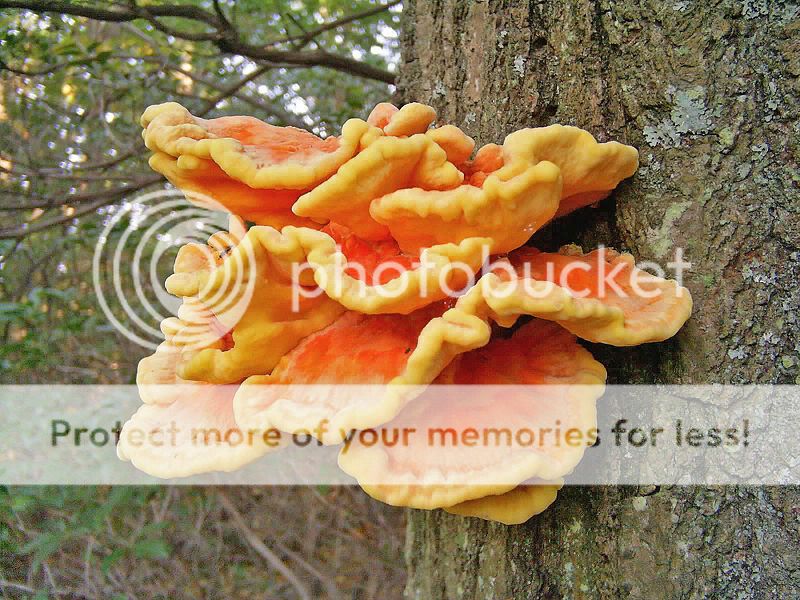
Common name: Chicken of the Woods
These are easy to find in the woods, a beacon of blazing orange and yellow. They form flesh, flat, fan shaped, overlapping “shelves” of orange-red to orange-yellow. The undersides have yellow pores (not gills) as is a characteristic of the family Polyporaceae. You can find them attached to trunks or logs of various trees from May to November. Large clusters can be formed (surpassing 50 pounds) and can be up to 30 inches wide.
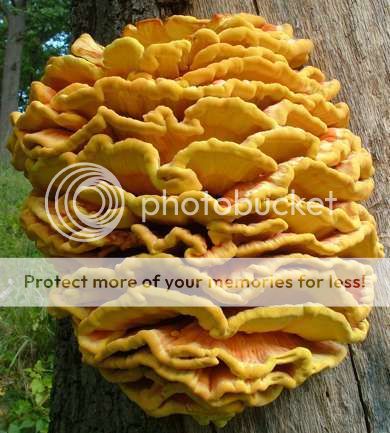
It does indeed taste like chicken! But be sure to harvest young rosettes and tender edges instead of older, tougher specimens. Young ones are rather soft in texture. Don’t eat it raw! How do you prepare it? In any fashion you would prepare actual chicken. And the clusters may even be frozen for later use. This may be an ideal substitution for a vegetarian lifestyle.
 Mmm...tasty Mmm...tasty
Just to warn, some people do have allergic reactions to this mushroom. A swollen lip to nausea. You may want to try a small portion first.
|
 |
 |
 |
 |
|
 |
 |
|
|
|
|
|
|
|
|
|
|
|
|
|
|
|
 Posted: Tue Jan 08, 2008 7:16 pm Posted: Tue Jan 08, 2008 7:16 pm
 |
|
 |
|
|
January 7- January 13, 2008
“For Lashleta and her sister”
Marasmius oreades
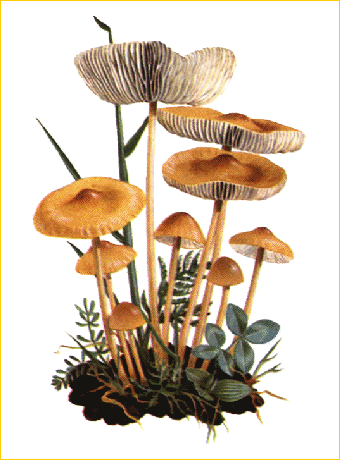
Common name: Fairy Ring mushroom
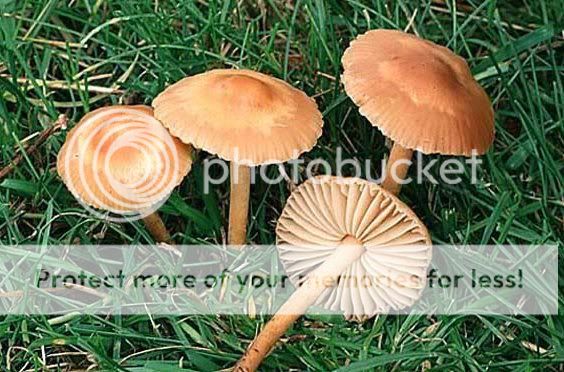
This mushroom you undoubtedly have seen forming mysterious circles in your lawn. They have a bell shaped cap, buff to tan in color, with off-white gills and a rubbery stalk. Not a particularly glamorous mushroom is it? But that isn’t really why this fungi is so interesting. It is interesting because it makes the circular pattern in the grass. Why does it do this? It is much simpler than you might imagine. When a spore (the fungi equivalent to a seed) lands on the soil and begins to grow, it expands in every direction, forming a perfect circle at times. If conditions are wonderful the mass of hyphae (fungi equivalent to roots)(sort of) will continue to grow outward, maintaining the circle. Mushrooms are really the fungi’s method of reproduction and are produced out of the mass of hyphae. Well, it turns out that with M. oreades, the hyphae in the center of the ring actually dies off, leaving the outer most layer to produce the mushrooms. And so, with a sprinkling of fairy dust, you have an amazing mushroom circle.
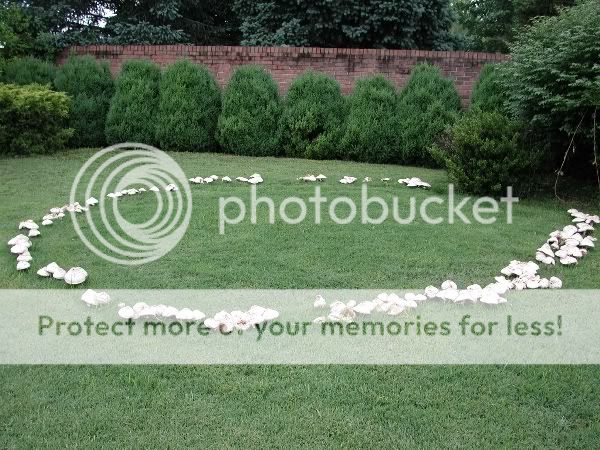
That’s not all, this fungi is capable of resurrection. When the mushrooms disappear and the fungus seems to have died, normally due to drought, any instance when enough water is again present will bring it back to life. Not all fungi are capable of this. And it can revive itself numerous times.
Now you may have guessed why the common name is Fairy Ring but I’ll explain just in case. It originates in the olden days of Europe where people apparently wandered about in the woods and stumbled upon these mysterious circles of mushrooms. There must have been some fairies or wood nymphs dancing about just then inside the mushroomed ring, using the naturally made circle for their magical purposes. Oh yes. So I’d keep on eye on any rings you might find. Just in case.
Also, these mushrooms are edible. (And probably should be under the “Tastes of the Mushroom World" section.) They are not for two important reasons: they can be challenging to identify and they aren’t always considered to have an amazing taste. It does have something of a crunchy texture and may be cooked or fried. There is even a recipe for fairy ring mushroom cookies! And I’m just nice enough to tell you that can be found in Hope Miller's Cookbook of Wild & Cultivated Mushroom Recipes. But be wary of two things: there are several other fungi species that commonly form ‘fairy rings’ and areas where M. oreades is found may have had chemical herbicides applied. And you probably don’t want to eat herbicides.

|
|
 |
|
 |
|
 |
 |
|
|
|
|
|
|
|
|
|
|
|
|
|
 Posted: Sun Jan 27, 2008 8:05 pm Posted: Sun Jan 27, 2008 8:05 pm
|
|
|
|
|
|
|
|
|
|
|
|
|
 Posted: Sun Jan 27, 2008 8:16 pm Posted: Sun Jan 27, 2008 8:16 pm
|
|
|
|
|
|
|
|
|
|
|
 Posted: Sun Jan 27, 2008 8:44 pm Posted: Sun Jan 27, 2008 8:44 pm
|
|
|
|
|
|
|
|
|
|
|
|
|
|
|
|
|
 |
|
|
|
|
|
|


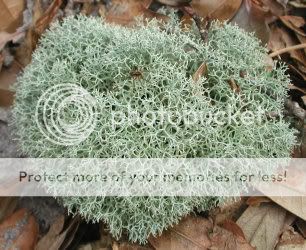


 These concentric rings are actually layers of reproductive structures: flask shaped structures called perithecium.
These concentric rings are actually layers of reproductive structures: flask shaped structures called perithecium. 
